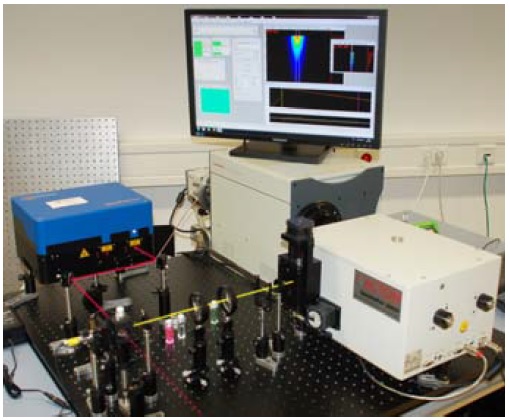May 22, 2015
Martin Ruge1, Thomas Franzl2, Uwe Denzer2 and Thomas Renner1,
1TOPTICA Photonics AG
2Hamamatsu Photonics Deutschland GmbH
Time resolved fluorescence spectroscopy provides crucial insight into ultrafast processes in semiconductors, fluorescent biomolecules and organic compounds. In this application note we experimentally demonstrate this technique by using a combination of an ultrastable TOPTICA femtosecond fiber laser and a Hamamatsu streak camera to accurately derive the fluorescence decay constants of the dye IR 820 in different solvents. The system can be adapted easily to a broad spectral range by using frequency converted fiber lasers of the FemtoFiber pro series.
Introduction
Streak cameras in combination with femtosecond lasers are a favourable approach to study ultrafast dynamic processes in many fluorescent samples. Such a combination not only provides outstanding performance in terms of picosecond resolution, single photon sensitivity and efficient multispectral recording, it is also remarkably easy to use - especially when using an ultrastable SAM modelocked femtosecond or picosecond laser. Due to the large spectral range accessible with TOPTICA´s FemtoFiber pro series fiber lasers and the capability of Hamamatsu´s streak camera to operate at the full repetition rate of 80 MHz, this setup can be used for a large variety of samples like semiconductor nanostructures, fluorescent biomolecules and organic compounds of interest.
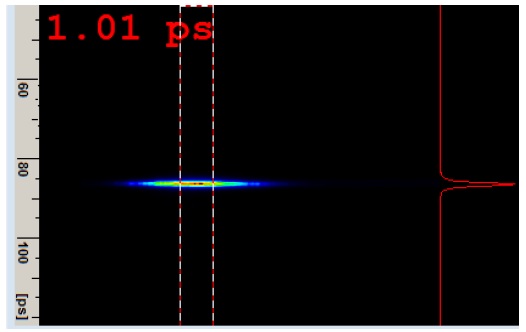
Fig. 2 Time resolution of measurement setup: Direct mapping of the 100 fs laser pulse centered at 780 nm, integrated over 10 sec.
TOPTICA’s femtosecond/picosecond (ultrafast) Fiber Lasers
The key for successful integration of ultrafast technology are robust, cost-effective systems with simple push-button operation. TOPTICA offers several products fulfilling these requirements: ultrafast fiber lasers based on erbium (Er) and ytterbium (Yb) provide reliable pulses of visible and near-infrared light with femtosecond or picoseconds duration. Detailed information on TOPTICA’s fiber lasers can be found here: FemtoFiber pro series In contrast to white-light sources based on photonic-crystal fibers (PCF) the temporal and spectral pulse characteristics of the SAM modelocked solitonic fiber lasers used for this work is excellent (Fig.2). PCF-based sources produce output spectra which may change between adjacent pulses. Therefore an impairment of experimental results is likely to occur. This is prevented with the reliable output quality of the FemtoFiber pro series SAM modelocked solitonic fiber laser.
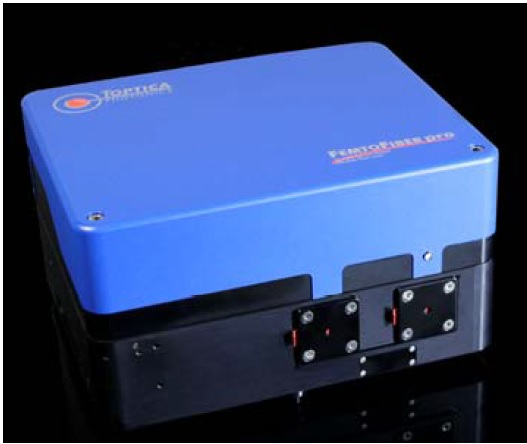
Fig. 3 TOPTICA’s FemtoFiber pro NIR provides laser pulses with sub- 100 fs duration at 780 nm or 1560 nm.
Hamamatsu Streak Camera Systems
Streak camera systems are very powerful detectors for timeresolved fluorescence spectroscopy due to a number of reasons: They are well-known to be the fastest optical detectors available, with temporal resolutions of less than a picosecond. Their sensitivity is similar to that of photomultipliers and measurements are routinely done in photon-counting mode, yielding in excellent data quality.
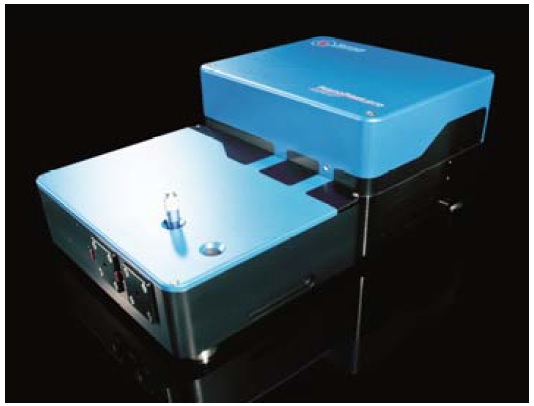
Fig. 4 The tuning range of the FemtoFiber pro TVIS reaches from 488 – 640 nm, with pulse durations below 1 ps.
Unlike other fast detectors, they enable spectral multichannel data recording, i.e. they detect all fluorescence wavelengths simultaneously, without the need to scan the spectrum serially. In addition, streak cameras can be operated at very high frame rates, exploiting the full repetition rate of modern laser sources. These features make very fast measurements even of weakest fluorescence emissions over a wide spectral range and with unsurpassed temporal resolution possible.
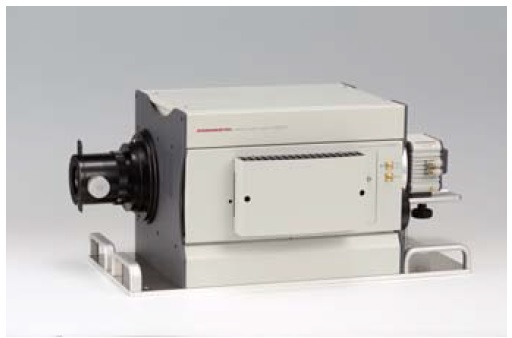
Fig. 5 The C10910 Universal Streak Camera is a very versatile, modular device with a temporal resolution better than 1 ps.
Combination of Fiber Lasers with Streak Cameras
For this report, a FemtoFiber pro NIR fiber laser (provided by TOPTICA) is operated in combination with a Universal Streak Camera, model C10910 (provided by Hamamatsu).
Since the pulse repetition rate of the laser is 80 MHz the streak camera operates at the same frequency in the "synchroscan" mode. This combination yields very high effective sensitivity, because it allows to integrate 80 million full time-resolved spectra per second.
To exploit the time resolution to its full extent a reliable synchronization of both devices is necessary. This is achieved using the standard electrical sync output of the laser to trigger the streak camera. No additional photodiodes are required for the synchronization which is typically the case when other laser systems are used. Thus the whole measurement setup is compact, foolproof and very easy to use.
To evaluate the instrument response function (IRF) of the total system, the laser pulse is used as a test signal. The pulse measurement displayed in Fig. 2 was achieved with an integration time of 10 seconds.
The FWHM of the pulse is 1.0 ps which is very close to the theoretical optimum, i.e. the streak camera's intrinsic resolution limit. The long-term stability of this performance was tested by repetitive measurements of the IRF. It turned out that these results were stable over several hours. This performance of the combined system is sufficient to determine fluorescence lifetimes with a time resolution of 1 ps.
Experiment
To determine the fluorescence lifetime of the dye in different solvents three samples are prepared. Diluted solutions of the dye IR 820 in (1) water, (2) ethanol and (3) DMSO (approx. 100 nM each) are filled into quartz cuvettes (1 cm x 1 cm). The FemtoFiber pro NIR laser (blue box in Fig. 1) is mounted on a bread board with posts to adjust the beam height with respect to the detection system. The laser beam (red) is adjusted to enter the mounted cuvette orthogonally with respect to the detection beam path (yellow).
Scattered laser light is suppressed with an edge filter. Using two plano-convex lenses the fluorescence signal is directed into a spectrograph that is connected to the streak camera. An electronic trigger scheme is applied to provide up to 100% of the laser power for the experiment and to enable an ultrastable synchronization of both devices. The signal of the oscillators monitor output is filtered (Low-Pass Filter SLP-100+), amplified (ZFL-1000LN+) and adjusted to an optimal value (SMA Fixed Attenuator VAT-3+, all from Mini-Circuits) and fed to the sync input of the streak camera. The full time-resolved spectra of the fluorescence from the three different solutions are recorded (cf. Fig. 6-8) and the temporal decay traces are extracted.
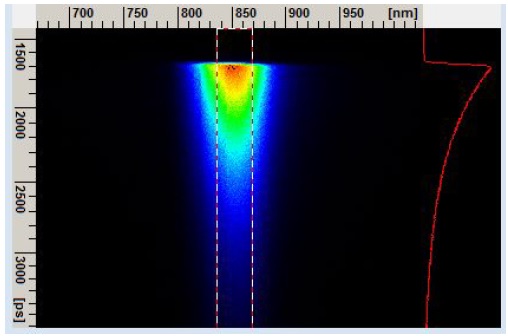
Fig. 6: Time-resolved spectrum of IR 820 fluorescence decay in DMSO excited with 100 fs 780 nm laser pulses. The mono-exponential fluorescence lifetime is 568 ps.
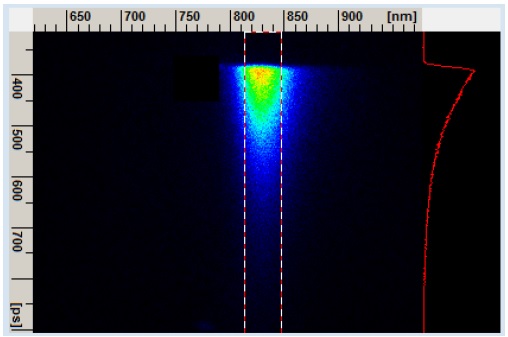
Fig. 7: Time-resolved spectrum of IR 820 fluorescence decay in Ethanol excited with 100fs 780 nm laser pulses. The monoexponential fluorescence lifetime is 414 ps.
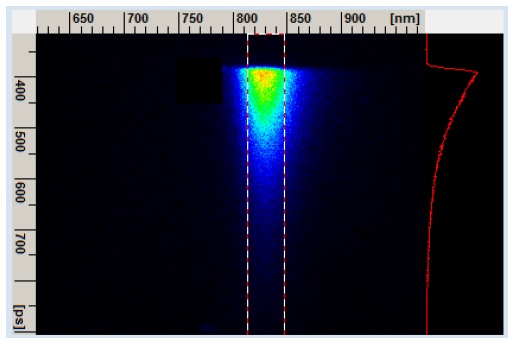
Fig. 8: Time-resolved spectrum of IR 820 fluorescence decay in Water excited with 100 fs 780 nm laser pulses. The monoexponential fluorescence lifetime is 111 ps.
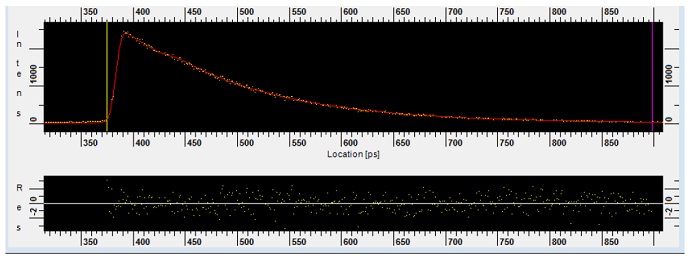
Fig. 9: Result of least-square fitting of the measurement data from Fig. 8. The determined lifetime is 111 ps; the chi-square is 1.02.
Results and Discussion
The traces are displayed and evaluated using the standard Hamamatsu streak software. The result of a least-square fit of the data obtained with solution 1 (IR 820 in water) is presented in Fig. 9.
Using the setup described above we determined the monoexponential fluorescence lifetime of the common dye IR 820 in different solvents to be 568 ps in DMSO, 414 ps in ethanol and 111 ps in water which is in very good agreement with literature values. The fitting procedure revealed a chi-square of 1.02 which is the direct result of the excellent stability achieved with this setup.

